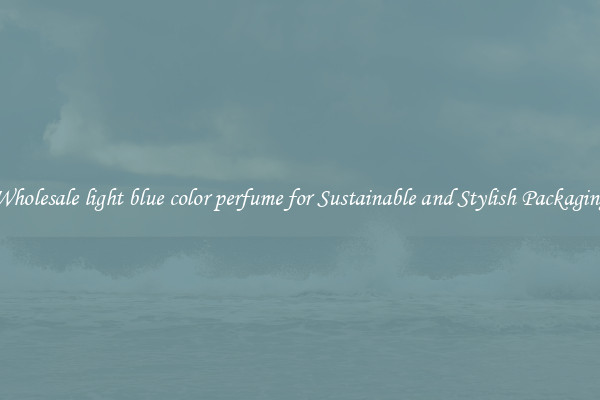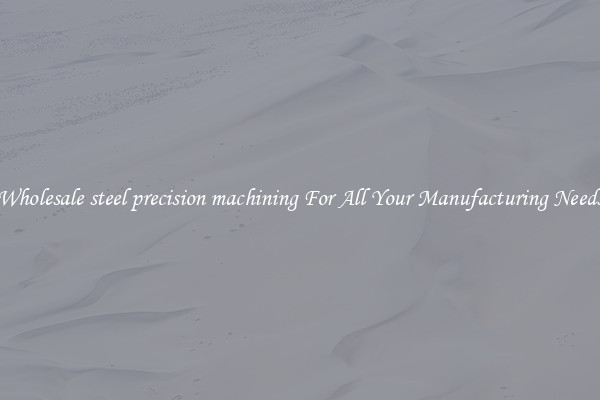Buy triathlon carbone In Its Activated Or Processed Form
Triathlon is a demanding sport that tests an athlete's physical and mental endurance. To excel in this highly competitive field, athletes need the best equipment available, including a high-quality triathlon bike. One option that has gained popularity among triathlon enthusiasts is the carbon fiber triathlon bike.

Carbon fiber has become the material of choice in the construction of triathlon bikes due to its unique properties. It is incredibly lightweight, allowing athletes to achieve maximum speeds with less effort. The strength-to-weight ratio of carbon fiber is also exceptional, providing the necessary durability to withstand the rigors of long-distance races.
When it comes to buying a carbon fiber triathlon bike, there are two main options available: buying it in its activated or processed form. Let's explore the differences between the two.
Activated carbon fiber is a highly porous material that is used in various applications due to its exceptional adsorption properties. The activation process involves treating carbon fiber with high temperatures and chemicals, resulting in increased surface area and enhanced adsorption capacity. This form of carbon fiber is commonly used in filters, air purification systems, and even in medical applications, such as kidney dialysis machines.
On the other hand, processed carbon fiber is the type of carbon fiber used in the construction of triathlon bikes. It undergoes a manufacturing process that involves weaving carbon fibers together to form a strong and lightweight material. This processed form of carbon fiber is then used to create the frame, fork, and other components of a triathlon bike.
So, which form of carbon fiber should you choose when buying a triathlon bike? The answer depends on your specific needs and preferences. If you are looking for a high-performance bike that offers speed, agility, and durability, a bike made with processed carbon fiber is the way to go. This type of carbon fiber is strategically placed and reinforced in specific areas to maximize performance and endurance.
However, if you are someone who is interested in the potential benefits of activated carbon fiber, such as improved air filtration or water purification, you may want to consider a bike that incorporates activated carbon fiber into its design. While this may not enhance the bike's performance, it can provide additional value outside of the racing context.
In conclusion, buying a triathlon bike made with carbon fiber can significantly enhance your performance in this demanding sport. Whether you choose a bike made with processed or activated carbon fiber, both options offer unique benefits. Ultimately, it is essential to consider your specific needs and priorities when making a decision. So, go ahead and explore the world of carbon fiber triathlon bikes and find the one that suits your requirements the best.

View details

View details

View details

View details




